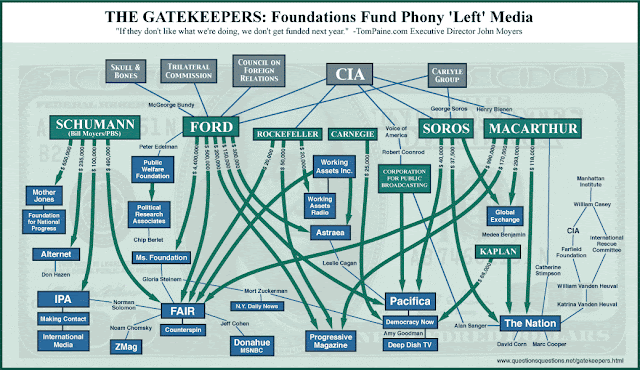An Irrepressible Conflict?
by Patrick J. Buchanan
“[T]he contest is
really for empire on the side of the North, and for independence on that of the
South, and in this respect we recognize an exact analogy between the North and
the Government of George III, and the South and the Thirteen Revolted
Provinces. These opinions…are the general opinions of the English nation.”
Front Page: —London Times, November 7, 1861
“The preservation of the union is the supreme law.”
—Andrew Jackson, December 25, 1832
Front Page: —London Times, November 7, 1861
“The preservation of the union is the supreme law.”
—Andrew Jackson, December 25, 1832
Summary Standard for Review
“A
Plegiarism of the FACTS”
The Civil War was the greatest tragedy ever to befall the nation. Brother slew brother. Six hundred thousand of American’s best and bravest died of shot, shell, and disease. The South was bled to death, invaded, ravaged by Union armies, occupied for a dozen years. Under federal bayonets, her social and political order was uprooted and the 11 states that had fought to be free of the Union were “reconstructed” by that Union. America’s South would need a century to recover.
Thirteen decades after Appomattox the questions remain: Was it “an irrepressible conflict”? Was it a necessary war? Was it, as Churchill wrote, “the noblest and least avoidable of all the great mass-conflicts of which till then there was record”? Was it a just war? What became of the great tariff issue that had divided and convulsed the nation equally with slavery in the decades before the war? Are there lessons for us in this most terrible of tragedies where all of the dead were Americans?
After any such war, it is the victors who write the history. That has surely been true of the Civil War. Among the great myths taught to American schoolchildren has been that the “Great Emancipator,” Abraham Lincoln, was elected to free the slaves from bondage, that America’s “Civil War” was fought to end slavery in the United States.
This is fable. Even the name given this terrible war is wrong. A civil war is a struggle for power inside a nation like the War of the Roses, or the horrible war between Bolsheviks and Czarists in Russia, “Reds” and “Whites,” after Lenin’s October Revolution. The combatants from 1861-1865 were not fighting over who would govern the United States. The South had never contested Lincoln’s election. The South wanted only to be free of the Union.
The war was not over who would rule in Washington, but who would rule in South Carolina, Georgia, and the five Gulf states that had seceded by the time of Fort Sumter. From the standpoint of the North, this was a War of Southern Secession, a War to Preserve the Union. To the South this was the War for Southern Independence.
The Birth of a Myth
At the dedication of Gettysburg Battlefield, on November 19, 1863, three years after Lincoln’s election, the Great Myth was born. There, Abraham Lincoln declared that the war had been, all along, about equality.
"Four score and seven years ago our fathers brought forth
on this continent,
a new nation, conceived
in Liberty, and dedicated to the proposition
that all men are created equal.
"Now we are engaged in a great civil war, testing whether
that nation, or
any nation so conceived and so dedicated, can long endure."
But four score and seven years before Lincoln spoke was 1776. The “new nation” may have been “conceived” in 1776, but it was not born until 1788 after the ninth state had ratified the Constitution. In that Constitution, freemen, black and white, were equal. But slavery, the antithesis of equality, was protected. By Benjamin Franklin’s compromise, slaves were to be considered as three-fifths of a person for purposes of representation in the House. Painful to concede, it is more truthful to say that slavery, the essence of inequality, was embedded in the Constitution of the new nation.
Moreover, in reaching back to 1776,
Lincoln had invoked, in defense of a war to crush a rebellion, the most
powerful brief every written on behalf of rebellion.
The Declaration of
Independence is not about preserving a union. It is a declaration of secession;
it is about the “Right of the People to alter or to abolish” one form of
government “and to institute new Government, laying its Foundation on such
Principles, and organizing its Powers on such Form, as to them shall seem most
likely to effect their Safety and Happiness.” It is about a person’s right “to
dissolve the political bands which have connected them with another, and to
assume among the Powers of the Earth, the separate and equal Station to which
the Laws of Nature and of Nature’s God entitle them.”
 Is Texas’ Plan to Bring Home Its Stockpile of Gold Bars a Step Toward Secession?
Is Texas’ Plan to Bring Home Its Stockpile of Gold Bars a Step Toward Secession?



